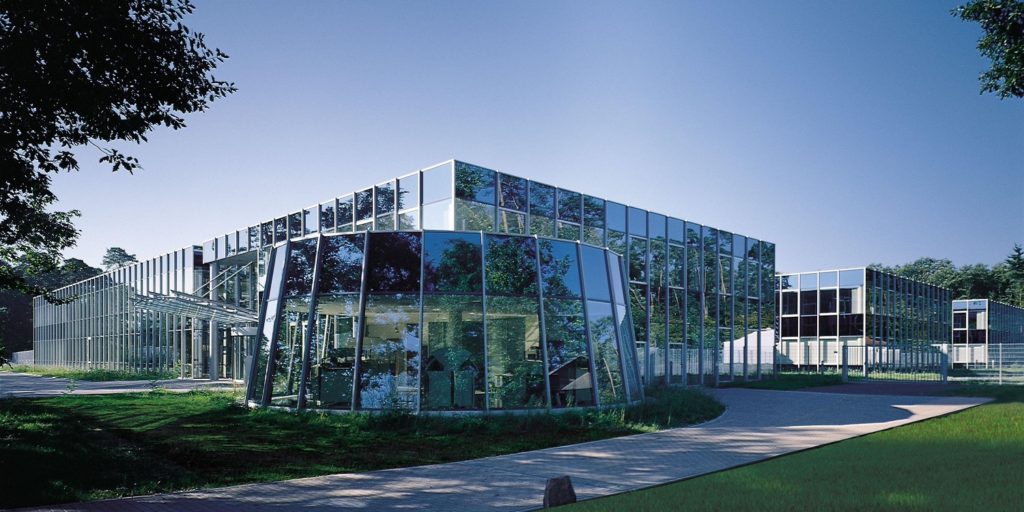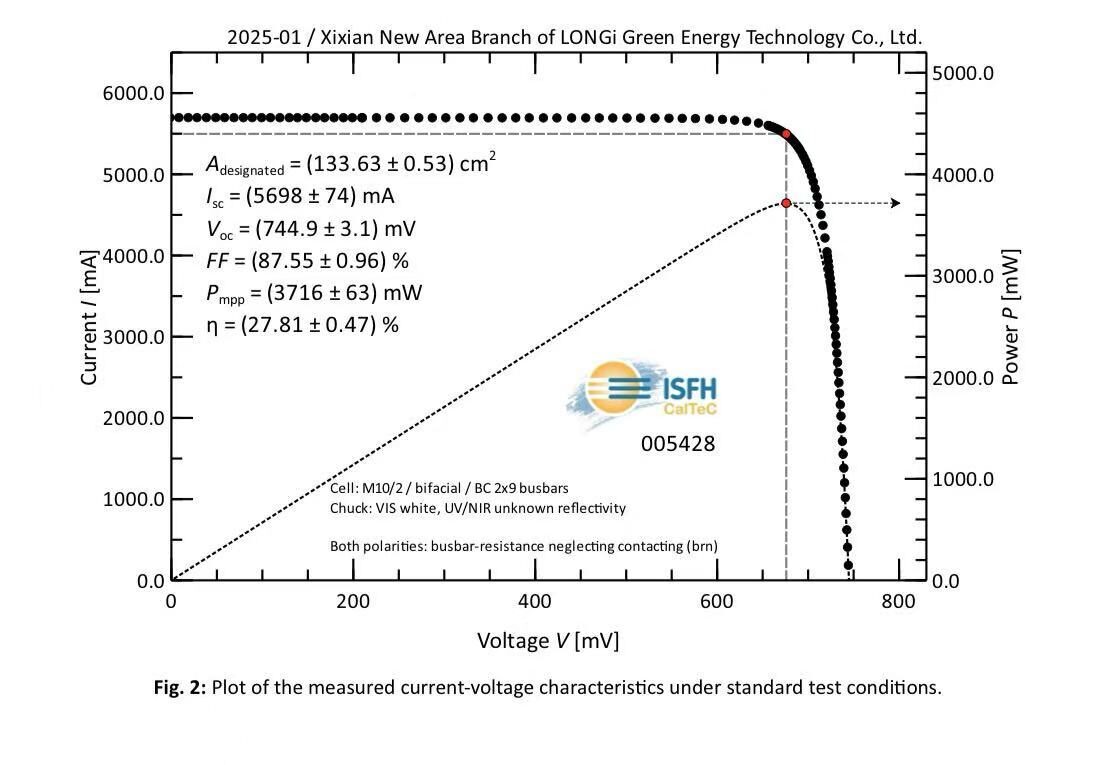From pv magazine Germany
China National Building Materials (CNBM), the parent company of German module manufacturer Avancis, has signed an agreement with German PV production equipment provider Singulus for the supply of several vacuum coating systems.
This time, however, the deal is not about the production of copper, indium, gallium, and selenium (CIGS) thin-film panels, but the manufacturing of cadmium telluride (CdTe) thin-film modules. Singulus has been supplying photovoltaic equipment to CNBM for years.
The Chinese group wants to significantly increase its production capacities for both technologies in the coming years and is planning further investments at several unspecified locations in China. According to Singulus, the new CdTe panel production may have an annual capacity of over 1 GW. The new vacuum coating systems are intended to further reduce production costs, while increasing cell performance and production output.
“Our vacuum coating machines are a key step for the entire production process,” said Singulus CEO, Stefan Rinck. “In addition to machines applying sputtering technology, we are also offering machines working on the principles of thermal evaporation.”
The Chinese conglomerate currently operates CIGS production facilities at four different locations. One of them is located at a factory in Xuzhou, Jiangsu province. CNBM was the first of several organizations to bring large-scale CIGS production online in China.
This content is protected by copyright and may not be reused. If you want to cooperate with us and would like to reuse some of our content, please contact: editors@pv-magazine.com.




Hello,
I was wondering if you might be able to answer some questions I have regarding photovoltaic thin film technology.
I am currently writing a thesis on the subject. A thought behind it is how cities (small or large doesn’t matter, this is a future for all) will and can produce renewable solar energy with the city, using the structures they have instead of having to rely on transporting energy from far away like it has been done before and still is being done. A lot of the energy is lost in this process and also, solar panels have a limit to what and where they are capable of being installed and applied, this also limits the design process of architects and engineers when solar panels need a roof or a tilted area to be able to be effective. Thin film technology is bendable and could in theory be used on and within anything.
What is the outlook on this technical advancement, how much has it already been applied. What areas can it develop in and where can it be of greater use?
Does the technology primarily have a positive use on high rises in major cities to alleviate the need for renewable energy and the struggle to get enough electricity to provide energy for a building. I have read that it is progressing in certain Asian countries, but where can it be used in the rest of the world, or should I restate, where there are fewer highrises. Can this technique also be integrated in covering vast parking areas so cars get shade or play a better use than needing valuable space which could otherwise be used for parks or buildings?
I know this article is over 3 years old but could you help guide me through how the development is going and what the potential for this is. In our thesis the goal or question is if the technology can be used to coat or be applied within the facades of building in cities and thereafter be capable of producing renewable energy at a more local level.